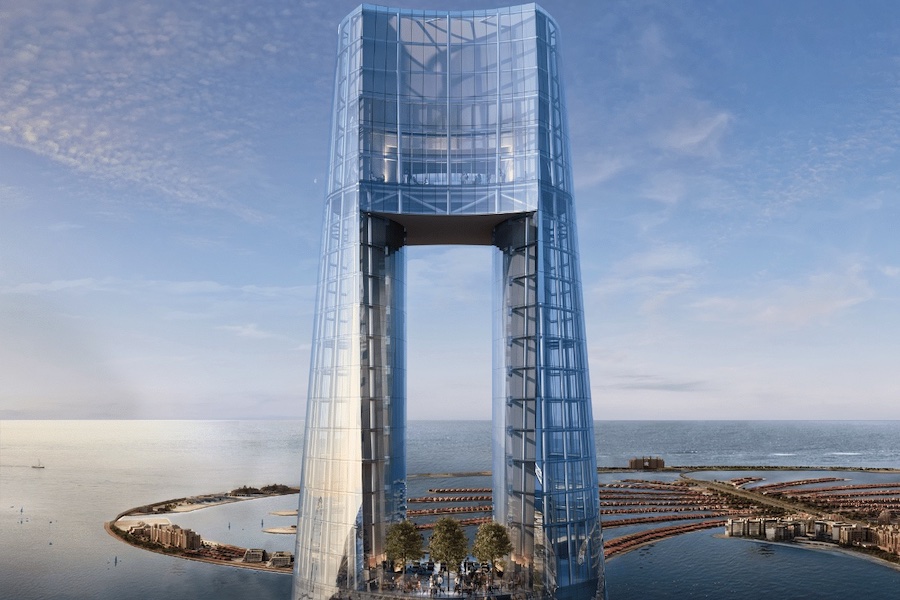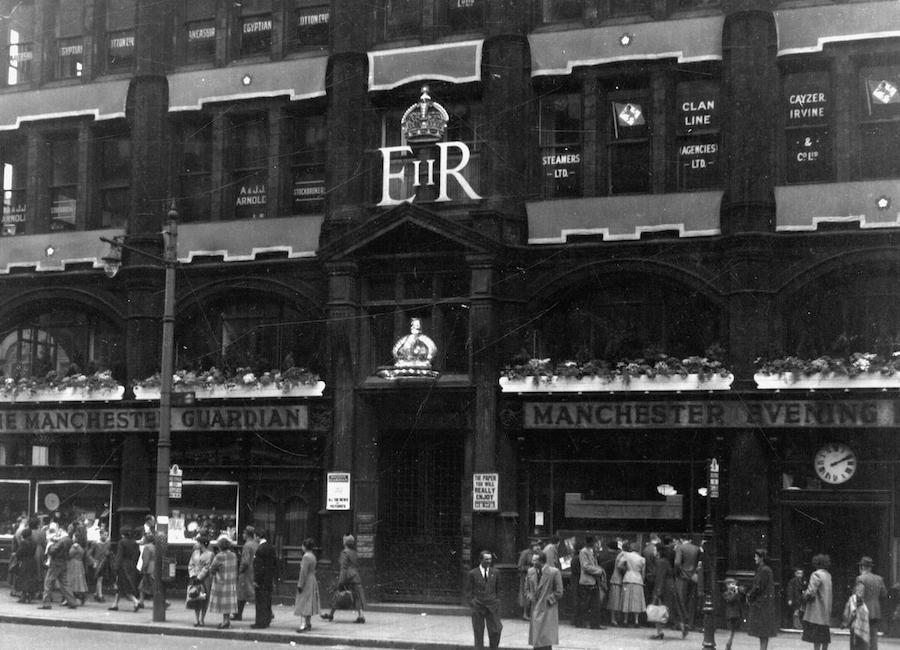Salford is the greenest place to live in England and Wales says new study
- Written by Louise Rhind-Tutt
- Last updated 5 years ago
- City of Salford, Lifestyle
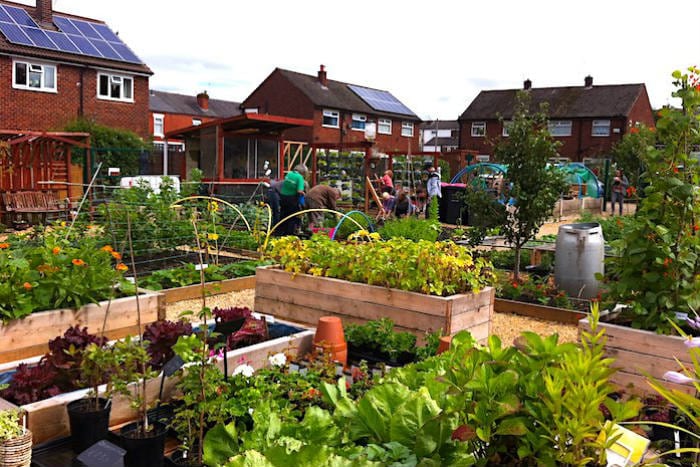
Folk singer Ewan MacColl once fondly dubbed it a “dirty old town”. But now, Salford has been declared the greenest place to live in England and Wales.
The city is more sustainable than Brighton, where Caroline Lucas is Britain’s only Green party MP, and Bristol, a former European Green Capital, according to a study to be released this week by the Centre for Thriving Places and reported today in the Observer.
Salford is building the most energy-efficient new homes in the country and creating more green space than any other council, according to the study.
The city also has lower-than-average CO2 emissions, lower-than-average energy consumption levels and higher-than-average recycling rates.
Last year, Salford’s first zero-waste shop The Dispensary opened in Walkden offering everything household from bamboo toothbrushes and cutlery to eco hand soap and washing up liquid.
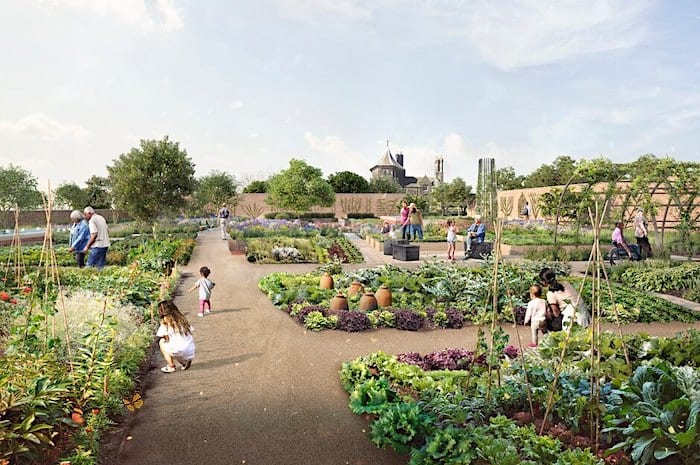
And this summer, the biggest gardening project in Europe is due to open in Salford: RHS Garden Bridgewater, spread across 154 acres on the site of Worsley New Hall.
“There have been a lot of innovative things going on in the north-west in terms of participatory democracy, community wealth-building and the environment,” said Liz Zeidler, chief executive of the Centre for Thriving Places, in the Observer article.
“Places such as Salford seem to be quite cleverly absorbing these ideas. Its leaders have been willing to try something new and now they are starting to see the results.”
The city’s carbon management programme was put in place in 2009 and has “helped to save 14,000 tonnes of CO2,” said mayor Paul Dennett in the paper. “And 60% of Salford is now green space.”
The least sustainable area in England and Wales, according to the data, is Stockton-on-Tees in County Durham.
The Thriving Places Index uses a broad set of indicators from data produced by national agencies such as the Office for National Statistics, Public Health England and the Index of Multiple Deprivation. It is the most comprehensive guide to local wellbeing economics available worldwide.
The full analysis rates 363 local authorities on 60 indicators covering sustainability, equality and local conditions.
- This article was last updated 5 years ago.
- It was first published on 15 March 2020 and is subject to be updated from time to time. Please refresh or return to see the latest version.
Did we miss something? Let us know: [email protected]
Want to be the first to receive all the latest news stories, what’s on and events from the heart of Manchester? Sign up here.
Manchester is a successful city, but many people suffer. I Love Manchester helps raise awareness and funds to help improve the lives and prospects of people across Greater Manchester – and we can’t do it without your help. So please support us with what you can so we can continue to spread the love. Thank you in advance!
An email you’ll love. Subscribe to our newsletter to get the latest news stories delivered direct to your inbox.
Got a story worth sharing?
What’s the story? We are all ears when it comes to positive news and inspiring stories. You can send story ideas to [email protected]
While we can’t guarantee to publish everything, we will always consider any enquiry or idea that promotes:
- Independent new openings
- Human interest
- Not-for-profit organisations
- Community Interest Companies (CiCs) and projects
- Charities and charitable initiatives
- Affordability and offers saving people over 20%
For anything else, don’t hesitate to get in touch with us about advertorials (from £350+VAT) and advertising opportunities: [email protected]

Here’s how you can support Manchester’s pug rescue and keep the pugs snuggling


WWE returns to the AO Arena this year – here’s how you can win tickets
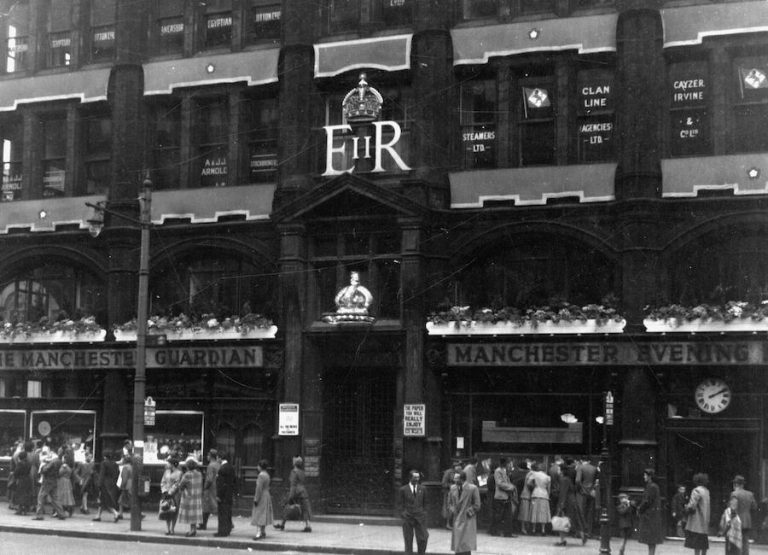
How Manchester’s turbulent past shaped a global icon of journalism

Has Gordon Ramsay created Manchester’s ultimate bottomless brunch?







